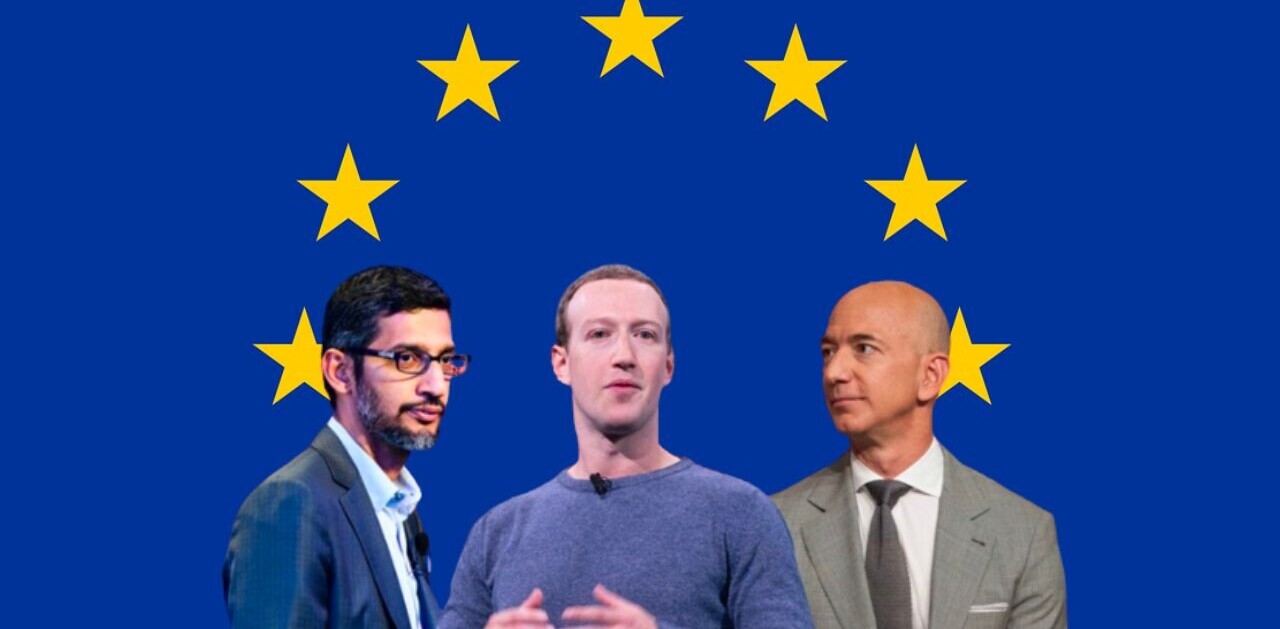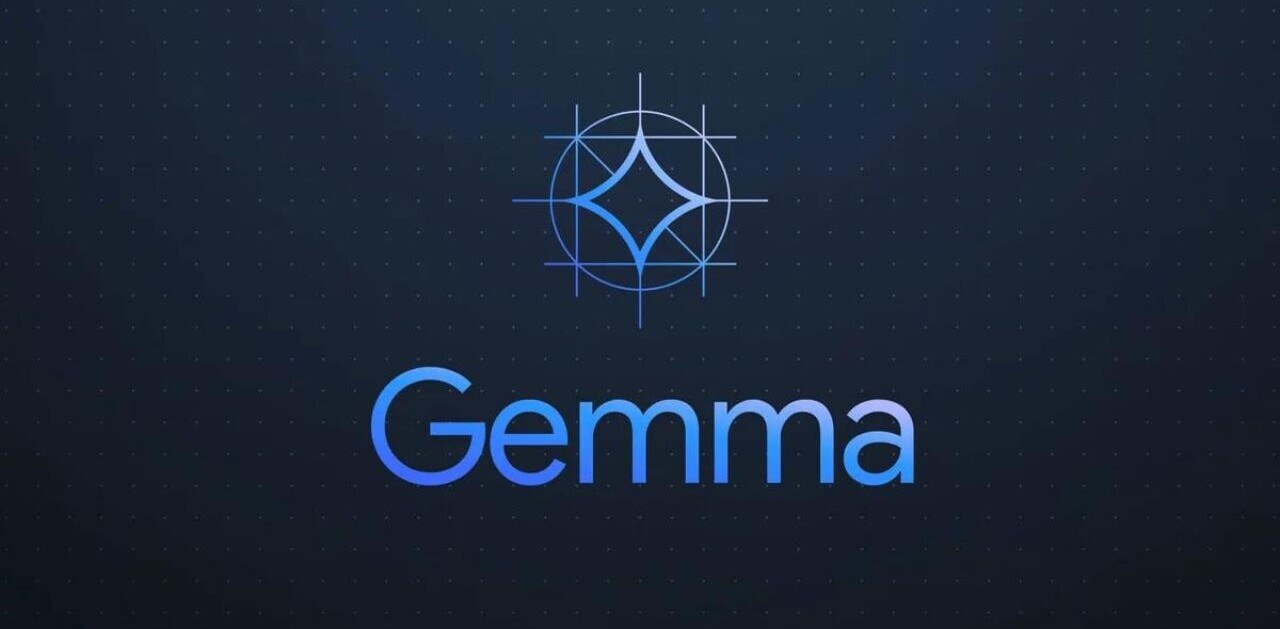
 Once you conquer your market, buy billions of dollars in smaller companies, and sit on a mountain of cash, how do you keep your momentum up and bottom line growing? For Google, their answer to that difficult question is to reinvent a business older than itself: display advertising.
Once you conquer your market, buy billions of dollars in smaller companies, and sit on a mountain of cash, how do you keep your momentum up and bottom line growing? For Google, their answer to that difficult question is to reinvent a business older than itself: display advertising.
In a report from AdAge, Google’s future appears to be in the past, provided it can find the inventory that it needs. Display advertising, perhaps the oldest, most generic of all methods of monetizng the Internet is where Google intends to grow. The company commands some 25.8 billion impressions a quarter across its properties, giving it the pageviews it needs to monetize if it intends to grow its display advertising clout. Google’s calls the strategy the “Google Display Network.”
Google has enough eyeballs to start this audacious plan, but it is a distant inventory rival compared to companies such as Facebook which captured over 176 billion impressions in the same quarter that Google served up a mere 25.8 billion.
Just where it intends to immediately grow its display advertising presence may cause some tension betwen the internet giant and its usually devoted fans. Google plans to grow its display advertising on the back of the popularity of the following properties: Google Finance, Google Maps, Google Books, YouTube, and even Gmail. Where there are advertisments now there will be more, where there are few there will be many. Given Google’s reputation as a provider of free, ad-less services, this is something of a paradigm change that its users will hardly approve of.
Google Vice President Neal Mohan phrased the opportunity like this: “Display is truly at a tipping point, we think it can be substantially larger than the $20 billion it is today, whether [it’s] $40 billion, $60 billion, or $80 billion [remains to be seen]. But there are a lot of challenges that remain.” Google intends to address those challenges by shortening the advertising cycle, cutting down the time lag from the finished creative work to a live advertisement, among other things.
By building a simpler platform that gives more control to advertisers and is a faster route to running advertising campaigns coupled to increased ad space around its myriad properties, Google is hoping to grow its revenue and posistion with advertisers. It will work, the only question is how well; Google has all the tools and supplies it needs to execute this vision.
The long term strength of this move by Google depends on the company’s ability to grow its total impressions per quarter. It is generally speculated that the much rumored ‘Google Me’ social network could be a play to fix that problem. At this moment that remains speculation.
Get the TNW newsletter
Get the most important tech news in your inbox each week.




